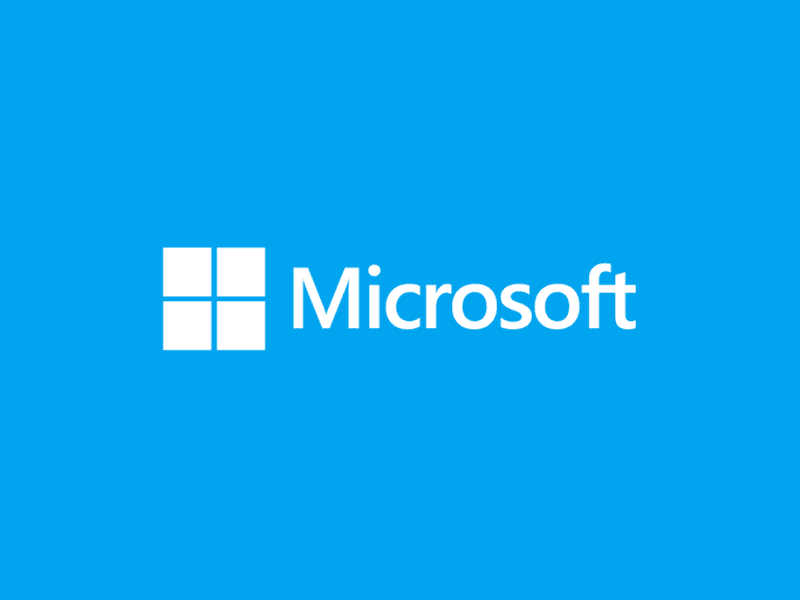Estimate shipping
Description
Overview
Microsoft Exchange Server Enterprise 2019 User CAL
Server licenses
With this license type, a license must be assigned for each instance of the server software that is being run. There are two server editions:
Enterprise: designed for larger organizations that may require a greater number of mailbox databases. This edition supports 1 to 100 mailbox databases.
Client access licenses (CALs)
With this license type, a CAL is required for each user or device that accesses the server software. There are two types of CALs for Exchange, both of which work with either edition of the server:
Enterprise: designed to allow organizations to reduce the cost and complexity of meeting compliance requirements with new integrated archiving functionality and information protection capabilities. The Enterprise CAL is sold as an add-on to the Standard CAL—to enable Enterprise CAL features, the user must be licensed with one Standard CAL plus one Enterprise CAL.
Microsoft Exchange Server Enterprise 2019 User CAL
Server licenses
With this license type, a license must be assigned for each instance of the server software that is being run. There are two server editions:
Enterprise: designed for larger organizations that may require a greater number of mailbox databases. This edition supports 1 to 100 mailbox databases.
Client access licenses (CALs)
With this license type, a CAL is required for each user or device that accesses the server software. There are two types of CALs for Exchange, both of which work with either edition of the server:
Enterprise: designed to allow organizations to reduce the cost and complexity of meeting compliance requirements with new integrated archiving functionality and information protection capabilities. The Enterprise CAL is sold as an add-on to the Standard CAL—to enable Enterprise CAL features, the user must be licensed with one Standard CAL plus one Enterprise CAL.
| Standard plus Enterprise CAL1 | ||
|---|---|---|
| Email, calendar, contacts, and tasks |
|
|
| Outlook on the web (Internet Explorer, Firefox, Chrome, Safari, and Edge support) |
|
|
| Apps for Outlook and Outlook on the web |
|
|
| Site mailboxes2 |
|
|
| Role-based access control (RBAC) capabilities |
|
|
| Journaling |
Per user/distribution list |
|
| Journal decryption |
|
|
| Retention policies |
Default and custom |
|
| In-Place Archive2 |
|
|
| Multi-mailbox search |
|
|
| In-Place Hold2 |
|
|
| Information protection and control (IPC): transport protection rules, Outlook protection rules, Information Rights Management (IRM) search |
|

